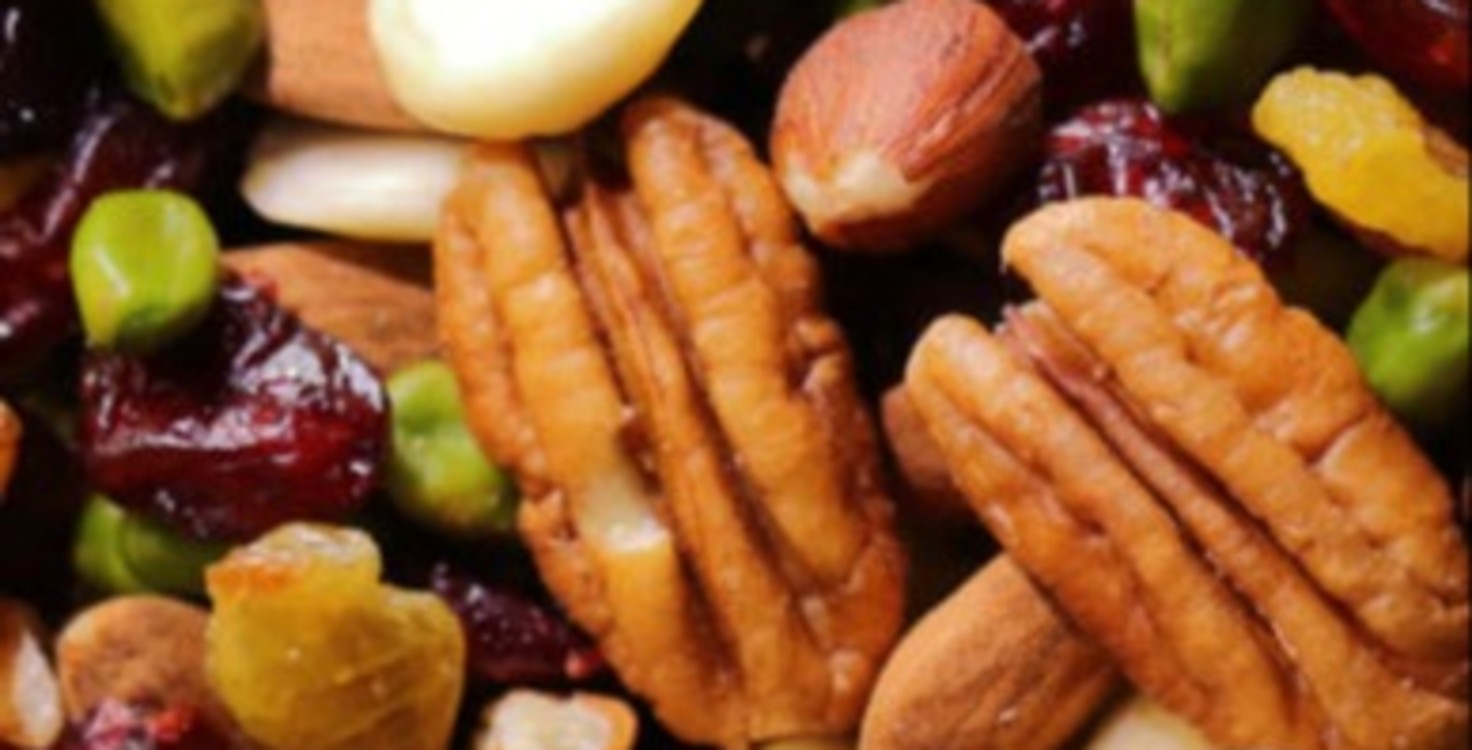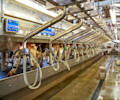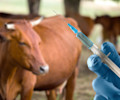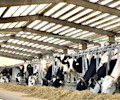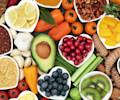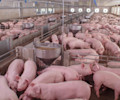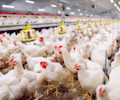FAIRR’s top news picks
Worst-Ever Bird Flu Outbreak Hits UK Farms
Financial Times | 9 December 2021
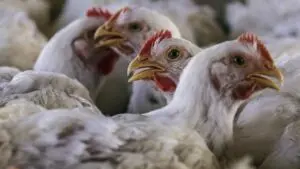
Another Zoonotic Disease – H5N1 is not a new viral disease in birds but nevertheless we are seeing it occurring at a phenomenal level across the UK, which obviously will have human, animal, and trade implications. Farmers culled over 500,000 animals, putting yet another strain on the sector which is currently struggling with labour shortages and cost inflation. As the COVID-19 pandemic continues, this once again highlights the critical need for biosecurity measures in ensuring animal welfare, safeguarding the livelihoods of farmers, and limiting the risk of human infection.
The Market For Manure Has Never Been So Hot
Bloomberg | 9 December 2021
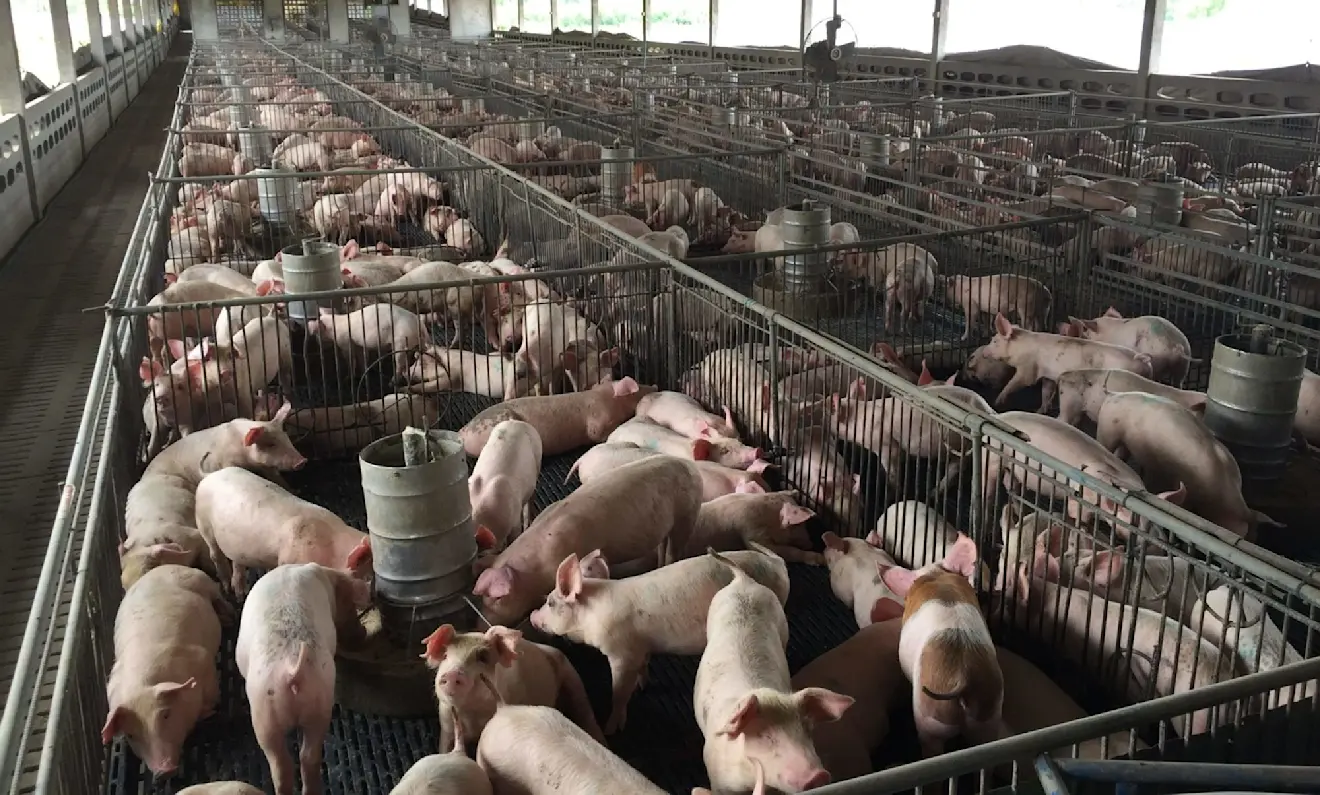
The words ‘hot and ‘manure’ don’t exactly evoke a delightful mental image. But the global shortage of chemical fertilisers forces farmers to hunt for alternatives creating a spike in demand for manure. While manure is organic and preferred to its chemical counterpart, the volumes of manure being produced by the animal ag sector still needs to be scrutinised. The Coller FAIRR Index indicates that the volume of waste, or faeces, produced by the 70 billion animals processed per year is equivalent to the waste produced by twice the entire global human population.
Natural Disasters Linked To Climate Change Kill Thousands of Farm Animals in B.C.
Global News | 7 December 2021
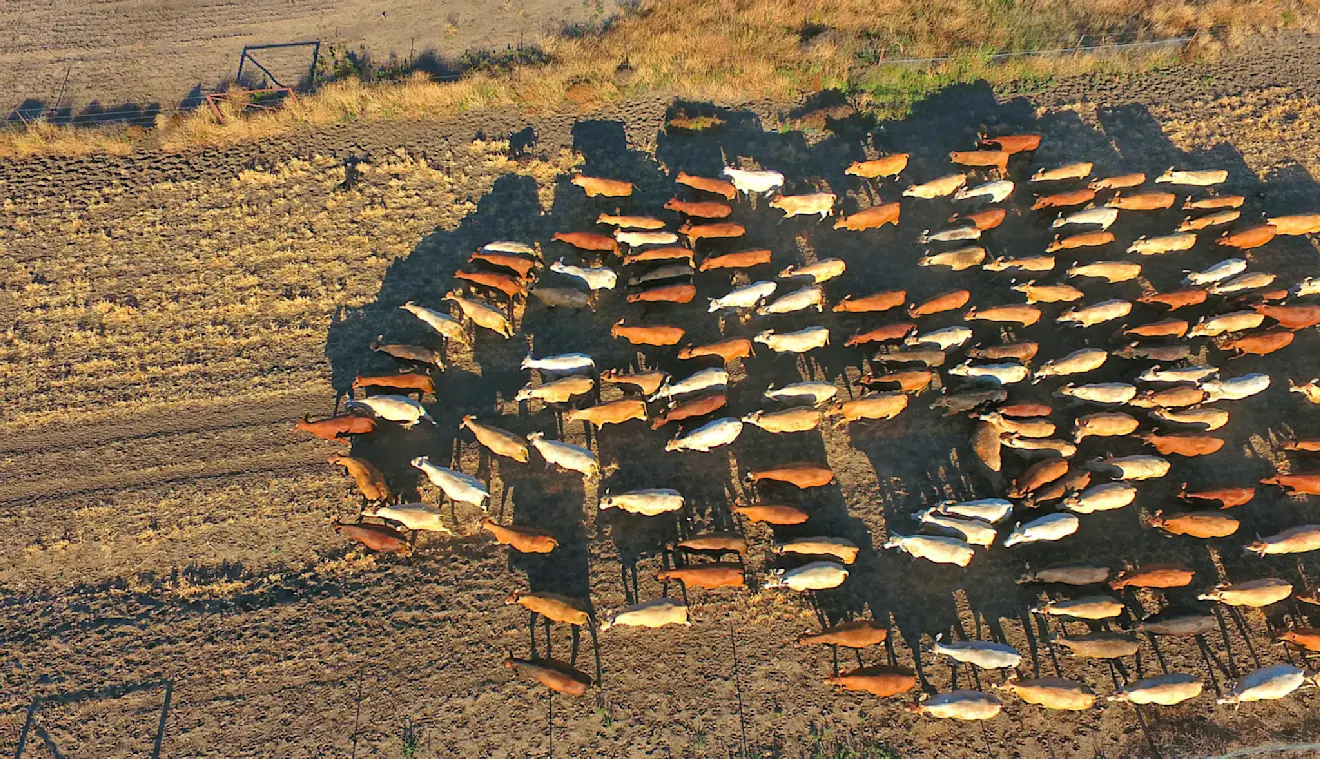
Since July, three large-scale natural disasters linked to climate change destroyed numerous farms killing 1.3 million farm animals in British Columbia. The circular link between these increased climate-related events and intensive animal agriculture and animal and human welfare is clear. Agriculture and animal agriculture produce huge amounts of GHG emissions, waste pollution and are responsible for the majority of Amazon deforestation. While changing weather patterns, heat, drought, and floods also impact the health and viability of farms, animals and farming communities.
Graphic of the Week
A surge in prices of chemical fertilisers is likely to lead to a long-term shift within the agriculture sector as farmers shift to organic matter. Is this the solution or are we just trading one problem for another?
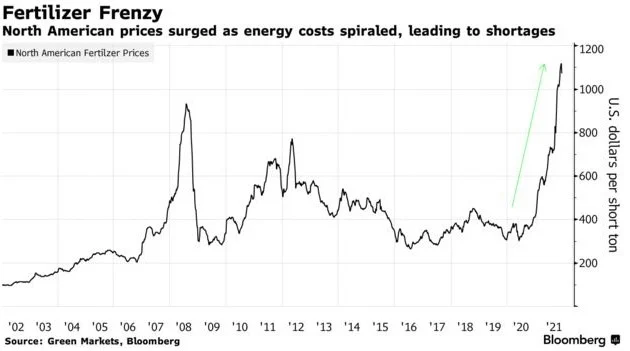
Source: Bloomberg
The industrialisation of animal farming has led to a tenfold increase in livestock numbers since 1960. Globally, livestock animals produce an estimated 3.12 billion tons of manure each year, 127 million metric tons of which are nitrogen. This output of manure has been exacerbated by the changing nature of animal production – away from small farms with adequate land bases to recycle manure nutrients through crop production, and towards concentrated larger CAFOs.
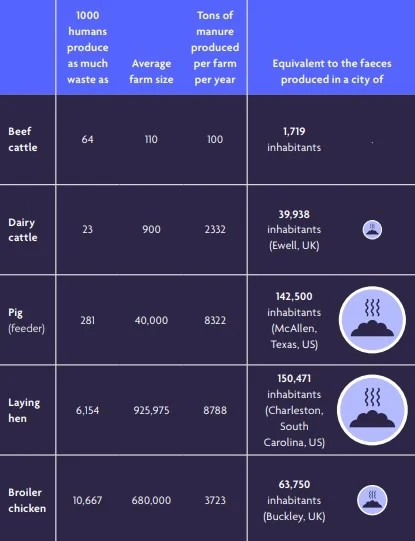
Source: The FAIRR Initiative
More Food for Thought
Aleph, Wacker Team Up On Lab Meat Production | Zuzanna Szymanska | Reuters<br />Plastic Use in Farming Threatens Food Production | Damian Carrington | The Guardian
FAIRR’s Protein Pulse is a weekly collection of news articles related to the food sector that may be of interest to our members. FAIRR does not necessarily endorse the views of these news articles and assumes no responsibility for any errors or inaccuracies found in third-party content.
